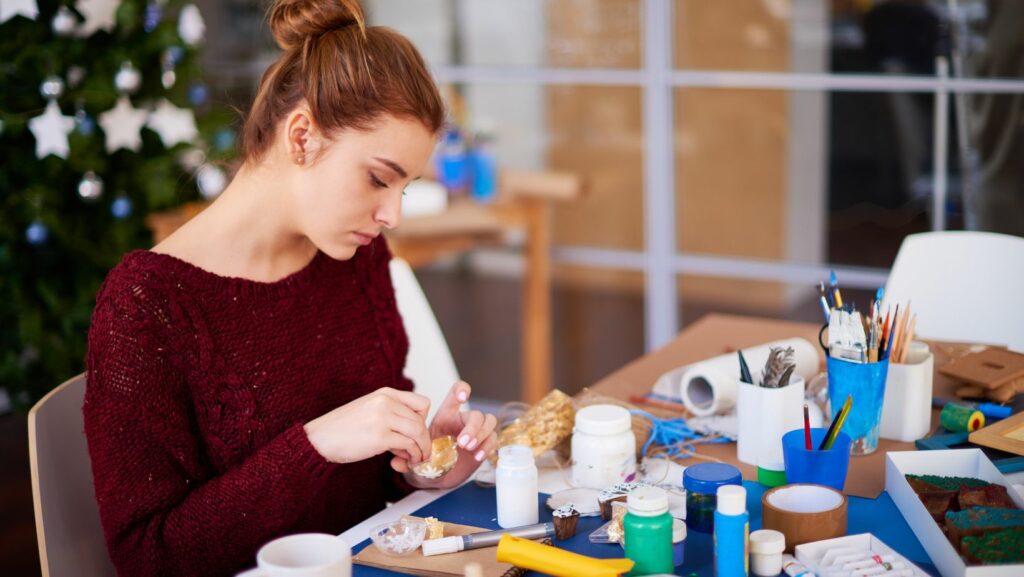How To Craft A Chest
Crafting a chest is an essential skill for anyone interested in woodworking or DIY projects. In this article, I’ll guide you through the steps on how to craft a chest that is both functional and aesthetically pleasing.
To begin, gather all the necessary materials and tools. You’ll need sturdy wood boards, screws or nails, hinges, a latch or lock mechanism, and a hammer or screwdriver. Choose the type of wood that suits your preference and budget; popular options include oak, pine, and cedar.
Next, measure and cut the wood into appropriate pieces for the front, back, sides, and lid of the chest. Ensure that each piece fits together snugly before securing them with screws or nails. Pay attention to detail as you assemble the chest to ensure its structural integrity.
Once assembled, attach hinges to connect the lid with the back of the chest. This will allow easy access to the interior while providing stability when opening and closing. Consider adding decorative elements such as carving or staining to enhance its visual appeal.
Crafting a chest requires careful planning and execution. By following these steps and using quality materials, you can create a beautiful piece of furniture that serves both practical storage purposes and adds charm to any space. So grab your tools and let’s get started on building your very own custom-made chest!

Choosing The Right Wood For Your Chest
When it comes to crafting a chest, one of the most important decisions you’ll make is choosing the right wood. The type of wood you use will not only affect the overall aesthetics and durability of your chest but also its functionality and longevity. So, let’s dive into some key factors to consider when selecting the perfect wood for your project.
- Strength and Durability: Since a chest is designed to hold and protect your belongings, it’s crucial to choose a wood that is strong and durable. Hardwoods like oak, mahogany, or cherry are excellent choices due to their natural resistance to wear and tear.
- Appearance: The visual appeal of your chest depends on the wood species you select. Each type of wood has its own unique grain pattern, color variations, and texture. For a classic look, opt for rich-hued woods like walnut or maple. If you prefer a more rustic charm, consider using reclaimed barnwood or distressed pine.
- Workability: Consider how easy it will be to work with the chosen wood species. Some woods are harder than others and may require specialized tools or techniques for cutting, shaping, and joining pieces together. Softwoods like cedar or pine are generally easier to work with compared to dense hardwoods.
- Cost: Budget is an important consideration when choosing materials for any project. Different types of woods vary in price depending on factors such as availability, rarity, and sourcing methods (sustainable vs non-sustainable). Researching local suppliers can help you find cost-effective options without compromising quality.
- Environmental Impact: If sustainability is important to you, look for woods that are responsibly sourced from certified forests or have FSC (Forest Stewardship Council) certification. Choosing eco-friendly options such as bamboo or reclaimed lumber can reduce your environmental footprint while still creating a beautiful chest.
Remember that these considerations are just guidelines – ultimately, the choice of wood depends on your personal preference, project requirements, and available resources. Take the time to research and explore different options before making a final decision. By choosing the right wood for your chest, you’ll ensure a well-crafted piece that will stand the test of time while adding beauty to your home. Measuring and cutting the chest panels is a crucial step in crafting a chest that not only looks aesthetically pleasing but also functions well.

